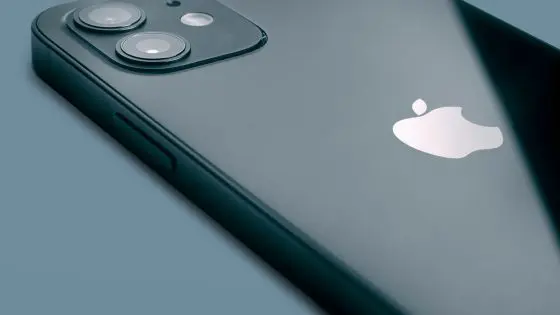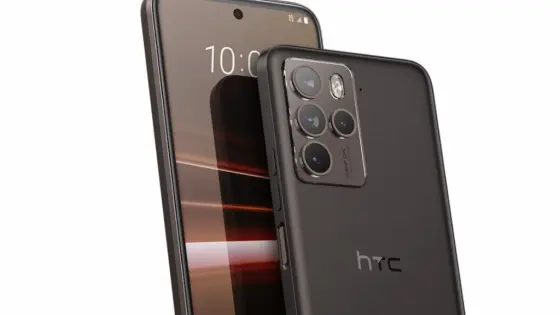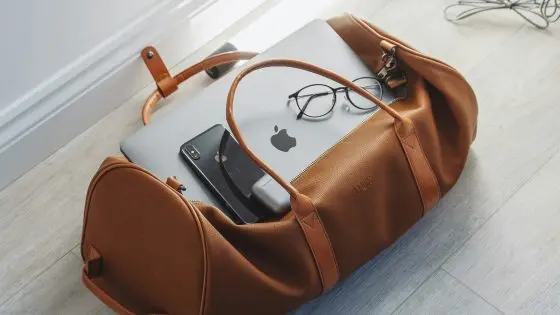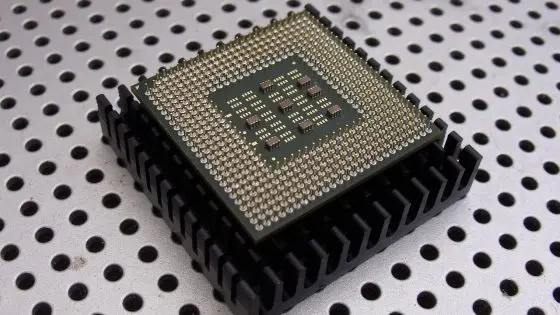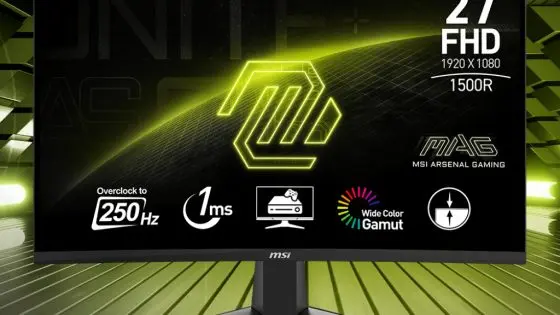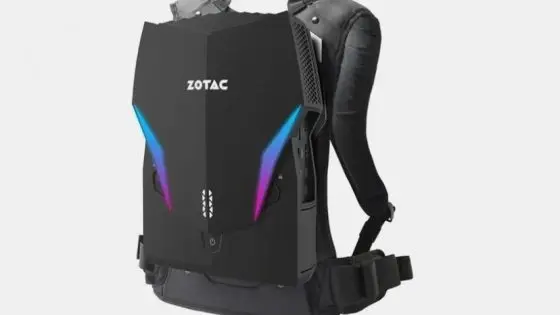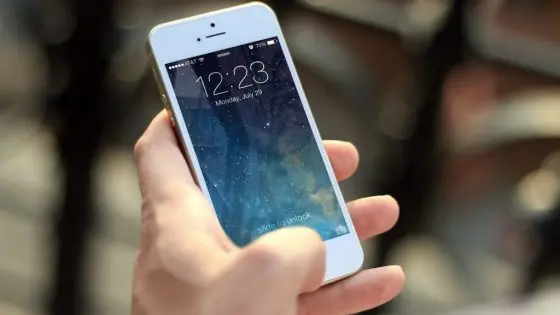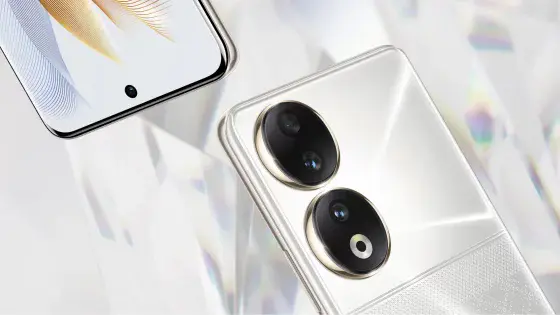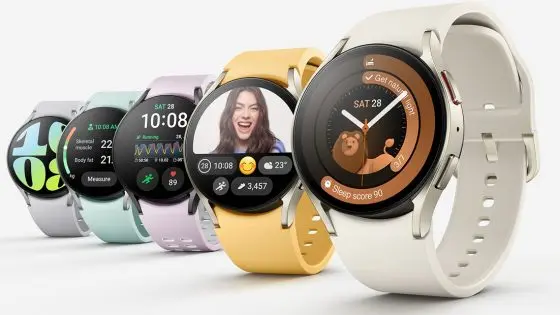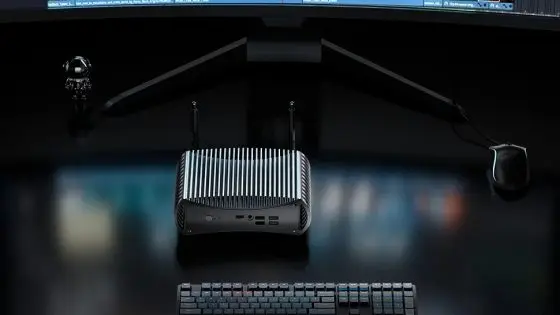What is Bluetooth Low Energy (BLE)?

Bluetooth is a feature that most of us use on a daily basis. Wireless headphones, such as the FreeBuds 5i, connect via Bluetooth. The same applies to a large part of wireless computer peripherals (keyboards, mice, headsets etc.). It is a feature without which modern connectivity would be severely curtailed.
Today's smart devices support another wireless standard, namely Bluetooth Low Energy (BLE). Since its launch, BLE has become the default technology for connecting to smart devices such as speakers, headphones, smartwatches and fitness trackers.
BLE offers the same wireless connectivity as we have been used to with standard Bluetooth, but it does so with significantly less energy consumption. Its use is not only limited to the portable and wearable devices mentioned above, but we can expect audio products supporting the latest Low Energy Audio standard to dominate the audio market in the future. The latter supports the new audio codec LC3 (Low Complexity Communication Codec), which promises transmission at very low bit rates while maintaining good sound quality. All together, the #141 will enable Bluetooth Low Energy.
What is Bluetooth Low Energy (BLE)?
Bluetooth Low Energy (LE) is a fork of the original Bluetooth standard, now often referred to as Bluetooth Classic. If you've ever read a product specification and noticed version numbers like Bluetooth 5.2, you know the classic version. Most smartphones support both Bluetooth standards.
BLE is luÄ saw the world in 2010 under the guidance of the Bluetooth Special Interest Group (SIG) institute. It was designed as a subset of the original Bluetooth 4.0. Even the name itself immediately reveals that it is a standard that prioritizes safety.
How does it achieve this security? BLE sends fewer data packets at longer time intervals. This means that the devices can stay in a deep sleep state most of the time and only connect every few minutes to send new data packets. Classic Bluetooth for the same connection includes continuous transmission and consequently more consumption.
From this point of view, it is completely understandable why BLE is ideal for smart watches, bracelets, headphones and other smaller devices. These devices do not need constant communication. New information, for example distance traveled, heart rate, possible notifications, are not critical for our everyday life, so we do not need them exactly at that moment. Devices can take a time and send these data packets after a certain time interval.
Bluetooth Low Energy is a mature technology. It has been present in Apple devices since iOS 5.0, while Android introduced the technology with Android Jellybean (4.3). Its use has also expanded beyond commercial waters. It is used in logistics, navigation and sports.
What are the benefits of Bluetooth LE?
Lower consumption is not the only advantage of the economical Bluetooth Low Energy standard. It also contains some other useful features:
- Quick and easy pairing: Have you ever noticed that many modern wireless devices don't require you to enter a password or PIN code during pairing? That's because Bluetooth LE offers a special pairing mode called “Just Works” that allows two devices to pair without manual user input. This is especially useful for devices that don't have a screen or keyboard, audio products, and wearables.
- NFC has the same function, but it has a shorter range, but offers better protection in crowded places.
- Advertising mode: A Bluetooth LE device can broadcast, "advertise", or be publicly available. This allows the #141 to be discovered by other devices nearby and establish a connection.
- Positioning and Tracking: A common use of BLE is to track the location of objects via wireless transmitters. These are basically small devices with low energy consumption that transmit a signal to nearby devices. BLE transmitters, identified by their unique identification numbers, allow you to pinpoint the location of an object. Similarly, the sports industry is using BLE in sports equipment to measure performance and other metrics.
- RFID tags and accompanying technology are also used to find objects, with which they recently proved that x-ray vision is a concept with a lot of potential.
- Home automation: Because of its low energy consumption, BLE is a perfect fit for battery-powered sensors that record temperature, humidity, light and human presence.
- Efficient audio streaming: Until recently, all wireless audio streaming products had to use classic Bluetooth. However, in 2022 the Bluetooth SIG introduced a new standard that finally brings audio support to secure BLE. Briefly, Bluetooth Low Energy Audio uses the new LC3 audio codec for improved audio quality at lower bit rates.
Bluetooth and Bluetooth LE. What's the difference?
The original Bluetooth standard, introduced in 1999, was designed for fast data transfer. Infrared technology at the time did not meet the needs of users, so Bluetooth was accepted with open arms. 10 years later, user requests triggered the development of a low-power wireless protocol.
Bluetooth LE is worse than the classic one in two respects: range and data transfer speed. Low consumption means that it can only maintain a maximum range of approximately 30 meters. This is less than a third of the Bluetooth standard (of course, the range depends on a number of factors, such as the type of device and other interference in the environment). This is not even a fault. Wearables and most other BLE devices do not work over long distances.
- Bluetooth provides continuous two-way communication. BLE communicates in short intervals and some connections are unidirectional.
- Bluetooth BLE reaches speeds between 125 Kbps and 2 Mbps. Classic Bluetooth is between 1 and 3 Mbps.
- Bluetooth can be used to transmit voice, BLE generally cannot. The same applies to video signals.
- Latency for Bluetooth connections is around 100 milliseconds. BLE can boast of lower latency - around 6 milliseconds.
- BLE consumes between 0.01 and 0.5 W, while Bluetooth consumes around 1 W of power.
How secure is Bluetooth LE?
All BLE connections are equipped with AES-128 end-to-end encryption. This prevents data from being read if it is ever intercepted.
Man-in-the-middle attacks are possible, but this can only happen for the period that two BLE devices are pairing. The limited range of BLE is also beneficial from a security point of view. Any attempt to hack into a BLE device will require the hacker to physically approach it.







